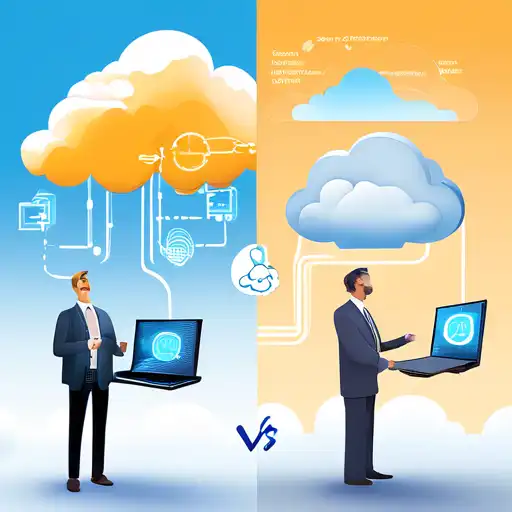Introduction to Edge and Cloud Computing
In the rapidly evolving world of technology, understanding the differences between edge computing and cloud computing is crucial for businesses and individuals alike. Both technologies play pivotal roles in data processing and management but cater to different needs and scenarios.
What is Cloud Computing?
Cloud computing refers to the delivery of computing services—including servers, storage, databases, networking, software, analytics, and intelligence—over the Internet ("the cloud") to offer faster innovation, flexible resources, and economies of scale. Users typically pay only for the cloud services they use, helping lower operating costs, run infrastructure more efficiently, and scale as their business needs change.
What is Edge Computing?
Edge computing, on the other hand, is a distributed computing paradigm that brings computation and data storage closer to the location where it is needed to improve response times and save bandwidth. The goal of edge computing is to process data near the edge of your network, where the data is being generated, instead of in a centralized data-processing warehouse.
Key Differences Between Edge and Cloud Computing
While both edge and cloud computing are used to process data, they differ significantly in terms of architecture, performance, and use cases.
Architecture
Cloud computing relies on centralized data centers located far from the end-users, whereas edge computing decentralizes processing power to the edge of the network, closer to the source of data.
Performance
Edge computing reduces latency by processing data locally, making it ideal for real-time applications. Cloud computing, while powerful, may introduce delays due to the distance data must travel to and from the cloud.
Use Cases
Cloud computing is best suited for applications that require massive storage and computing power, such as big data analytics and machine learning. Edge computing excels in scenarios requiring quick data processing, such as autonomous vehicles and smart cities.
Choosing Between Edge and Cloud Computing
The choice between edge and cloud computing depends on the specific needs of your application. Consider factors like latency requirements, bandwidth availability, and data sensitivity when making your decision.
Future Trends
As technology continues to advance, we can expect to see a blend of edge and cloud computing, known as fog computing, which aims to combine the best of both worlds for more efficient data processing and management.
For more insights into the latest technology trends, explore our technology trends section.
Conclusion
Understanding the differences between edge computing and cloud computing is essential for leveraging the right technology for your needs. While cloud computing offers scalability and power, edge computing provides speed and efficiency for real-time applications. The future lies in integrating both technologies to harness their combined strengths.
